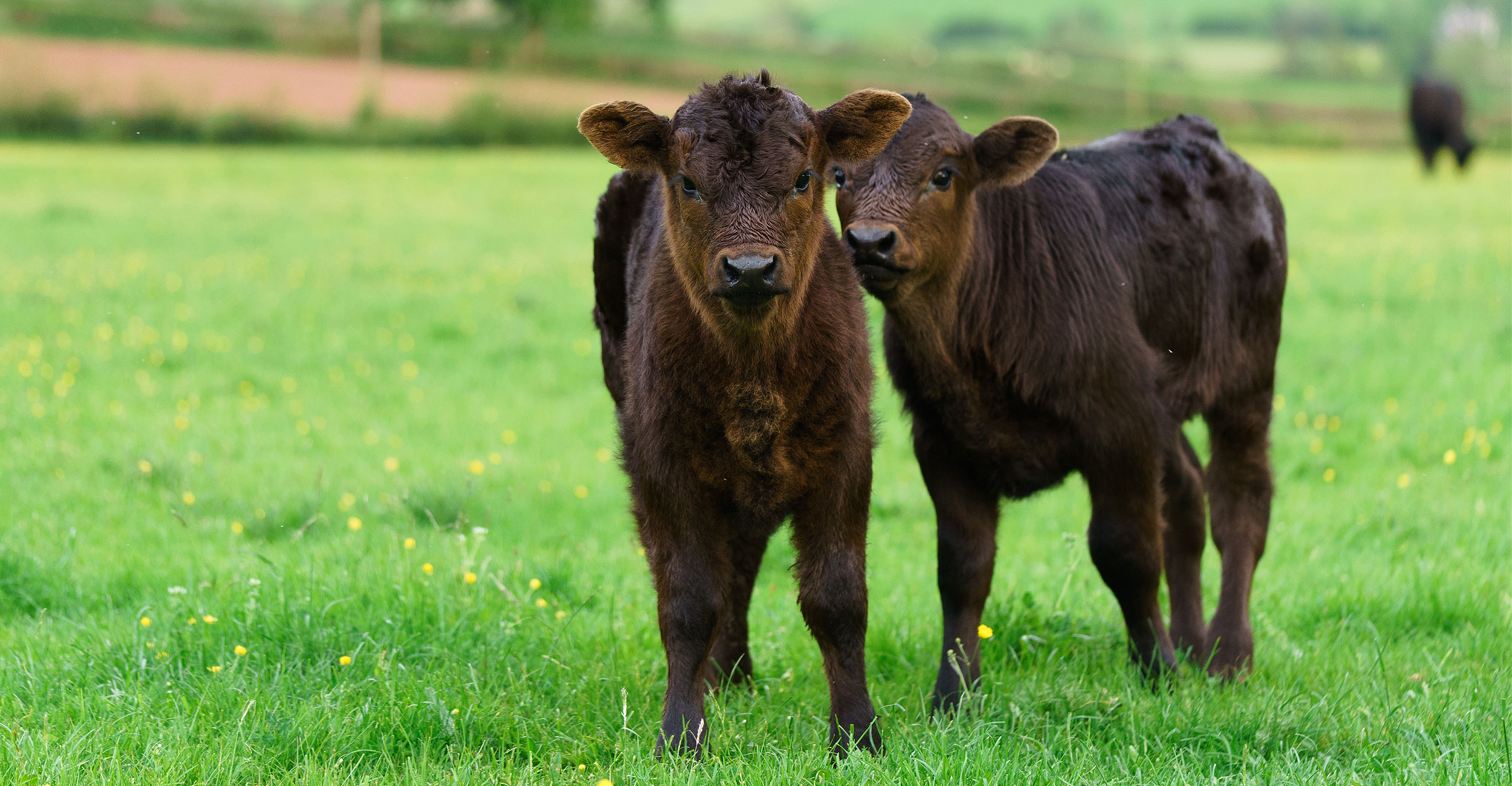
Preventing Coccidiosis in Weaned Calves
Friday, March 29, 2024
Media Contact: Taylor Bacon | Public Relations and Marketing Coordinator | 405-744-6728 | taylor.bacon@okstate.edu
Coccidiosis is an intestinal disease that primarily affects younger cattle. Clinical disease most commonly occurs in calves around weaning due to an increase in stress and is rare in adult cattle. The disease may occur in confined cattle or cattle on pasture. Coccidiosis can range from subtle disease to severe illnesses that can result in death.
Coccidia are host-specific protozoan parasites. The oocyst is shed in the feces of both affected animals who are showing symptoms and carriers who do not show symptoms. Cattle can be infected when they ingest contaminated feed, water and soils, or by licking themselves or others. Calves are at risk if they nurse from an udder that has been contaminated with fecal material.
When ingested, the parasite can develop inside the host animal and damage the intestinal cells. As a result, it can cause the host animal to have diarrhea and blood in the feces. The severity of the case depends on how many oocysts the animal ingested, their living conditions and the amount of stress the animal is under.
In the United States, coccidiosis is more prevalent in summer, fall or spring. Cattle are also at greater risk when weather changes from one extreme to another.
Weaning, shipping or hauling cattle may cause stress, which can result in illness. Coccidiosis is diagnosed using clinical signs such as a decrease in appetite, diarrhea with or without blood, and lethargy along with examination of the feces to confirm the presence of the organism.
Clinical signs can appear up to 17 days after ingestion of the oocysts.
“Affected animals may be treated with specific medications to control the infection,” said Dr. John Gilliam, food animal clinical professor. “Severely affected animals may require fluid therapy for rehydration.”
Contact your veterinarian for specific diagnostic and treatment information.
In addition, Gilliam recommends isolating affected animals to prevent further spread of the disease. Affected animals shed large numbers of oocysts, increasing the risk of exposure to herd mates.
Coccidiosis can be difficult to control because oocyst numbers rapidly increase when conditions are suitable. Managing exposure to your herd and treatment for infected animals go hand-in-hand. Gilliam emphasized the importance of practicing proper biosecurity to help reduce exposure and control the spread. Cleaning water tanks and feed bunks, disinfecting holding areas, and reducing manure build-ups are just a few examples producers can use to help mitigate the spread. Utilizing coccidiostats in feed, water or salt as recommended by your veterinarian can also help control the disease within your herd.
Prevention and treatment are more effective when started early. Having a biosecurity plan can help reduce the chances of exposure and illness.
If you have an animal who shows clinical signs of coccidiosis, contact your local veterinarian.
